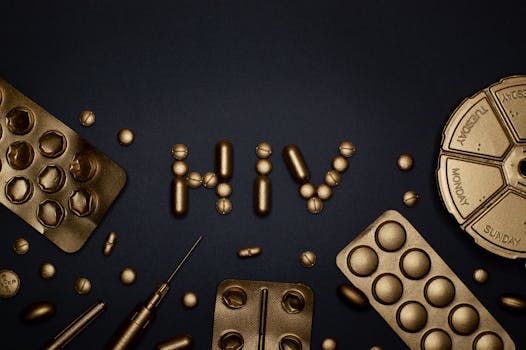
The Science Behind Vaccines and Public Health
The science behind vaccines and public health is a vital topic that has garnered significant attention in recent years. Vaccines have been instrumental in preventing the spread of infectious diseases and protecting public health. In this article, we will delve into the world of vaccines, exploring their history, how they work, and their impact on public health.
History of Vaccines

The concept of vaccination dates back to the 18th century, when Edward Jenner developed the first vaccine against smallpox. Since then, vaccines have been developed for a wide range of diseases, including measles, mumps, rubella, polio, and influenza. The development of vaccines has been a continuous process, with scientists working tirelessly to create new and improved vaccines to combat emerging diseases.
How Vaccines Work

Vaccines work by introducing a small, harmless piece of a pathogen, such as a virus or bacteria, to the body. This stimulates the immune system to produce antibodies, which are proteins that recognize and fight the pathogen. When the body encounters the same pathogen in the future, the immune system is able to recognize it and mount a rapid response, preventing the disease from taking hold. Vaccines can be made from a variety of materials, including weakened or killed pathogens, toxins, and subunits of pathogens.
There are several types of vaccines, each with its own unique characteristics and advantages. These include:
- Inactivated vaccines, which contain killed pathogens
- Live, attenuated vaccines, which contain weakened pathogens
- Toxoid vaccines, which contain inactivated toxins
- Conjugate vaccines, which combine a weakened pathogen with a carrier protein
- Subunit vaccines, which contain only a portion of the pathogen
Impact of Vaccines on Public Health

Vaccines have had a profound impact on public health, saving countless lives and preventing the spread of infectious diseases. According to the World Health Organization (WHO), vaccines have been responsible for:
- The global eradication of smallpox
- The elimination of polio in many countries
- A significant reduction in the incidence of measles, mumps, and rubella
- A reduction in the incidence of influenza and its complications
Challenges and Misconceptions

Despite the many benefits of vaccines, there are still challenges and misconceptions surrounding their use. Some of these include:
- Vaccine hesitancy, which refers to the reluctance or refusal to vaccinate
- Myths and misconceptions about vaccine safety and efficacy
- Accessibility and affordability of vaccines, particularly in low-income countries
Conclusion

In conclusion, the science behind vaccines and public health is a complex and multifaceted topic. Vaccines have been instrumental in preventing the spread of infectious diseases and protecting public health. However, there are still challenges and misconceptions surrounding their use. By understanding the science behind vaccines and their impact on public health, we can work to promote community well-being and prevent the spread of infectious diseases.





